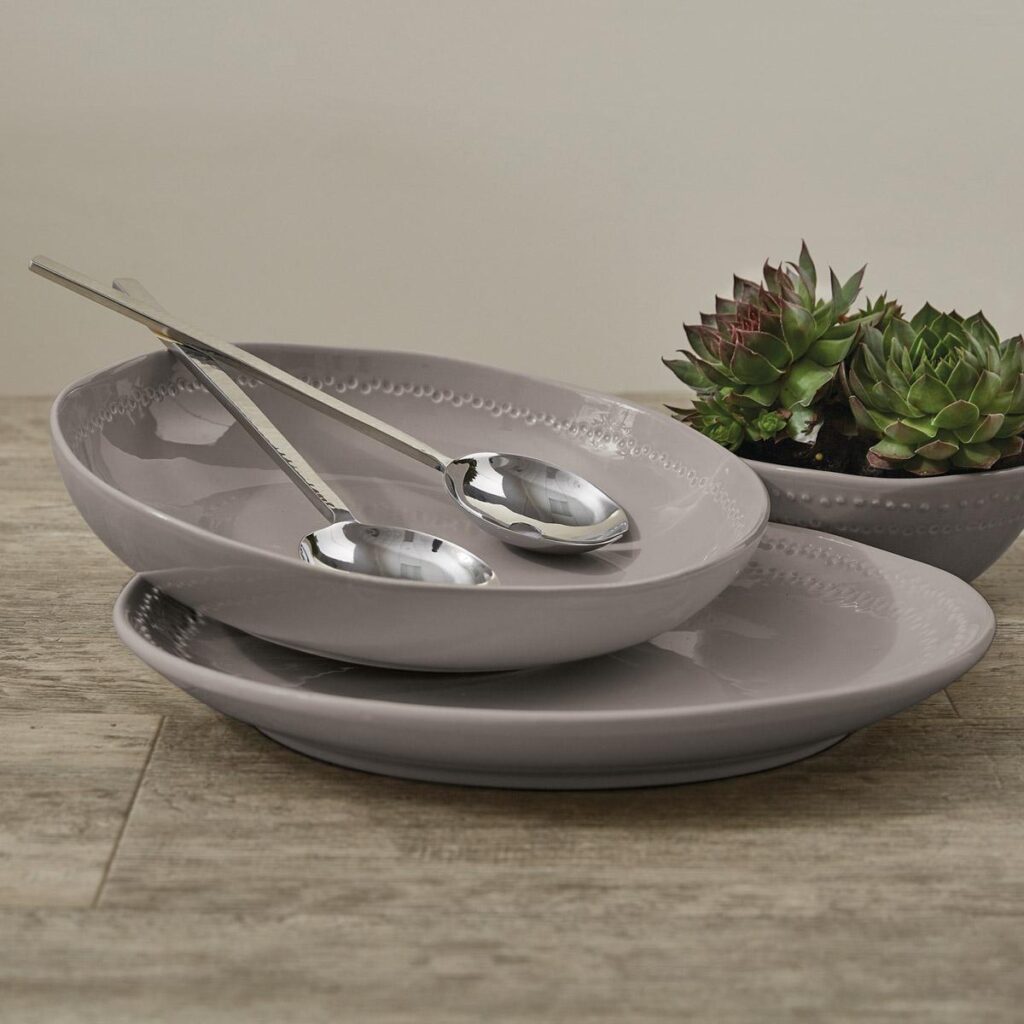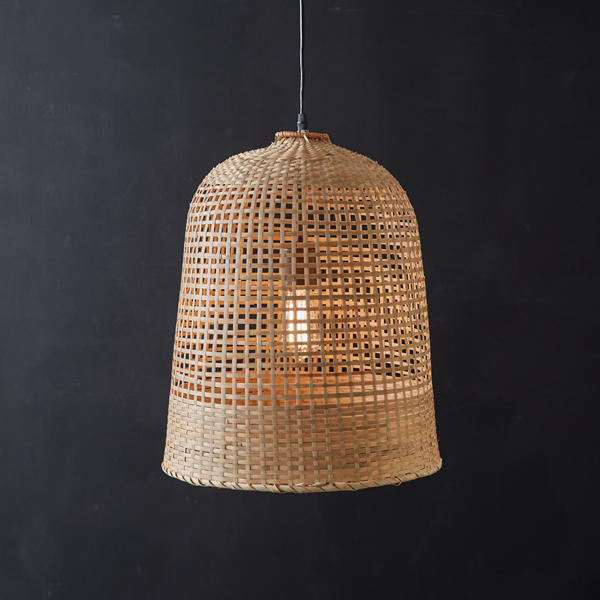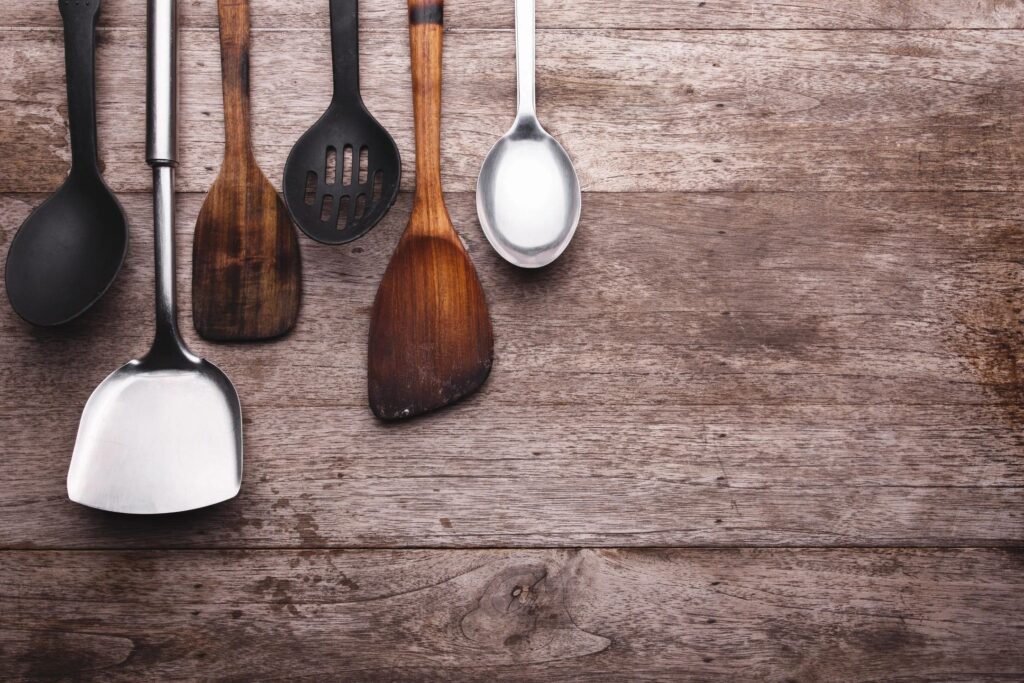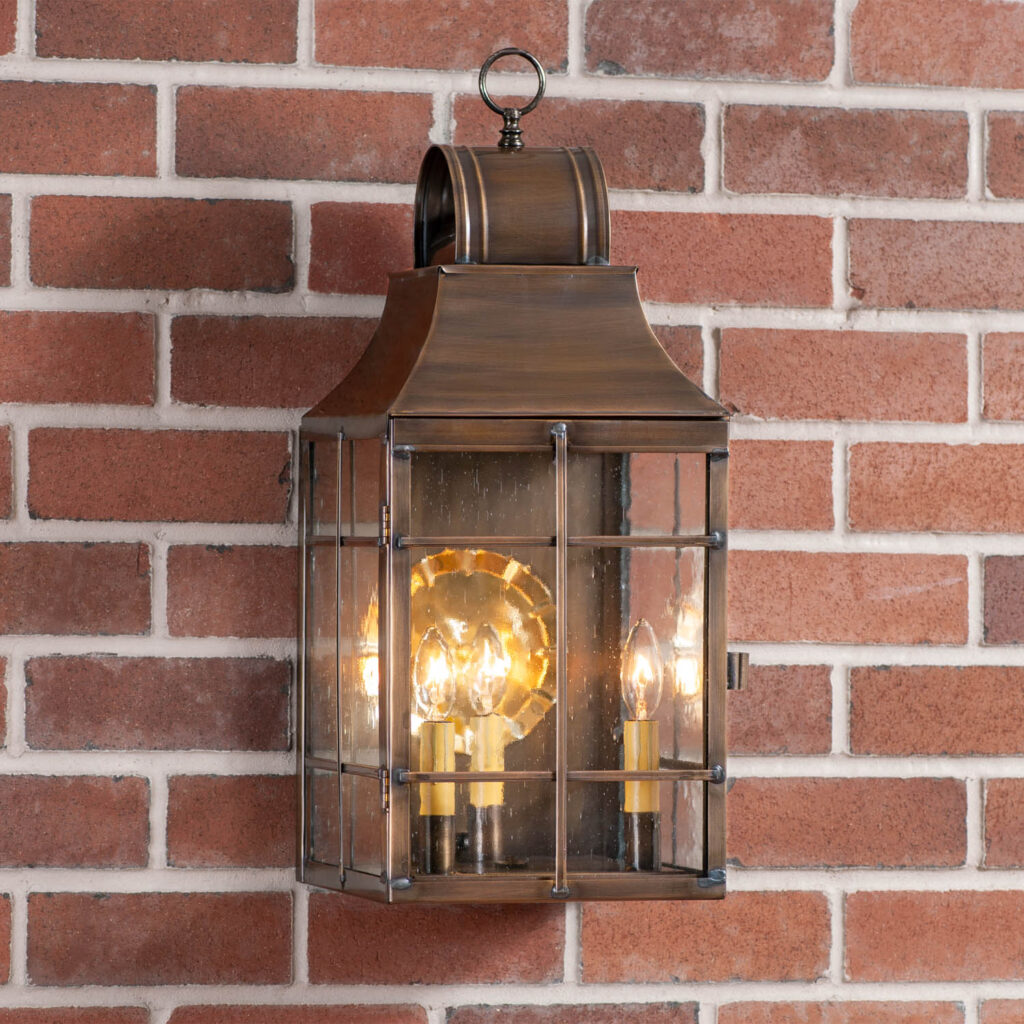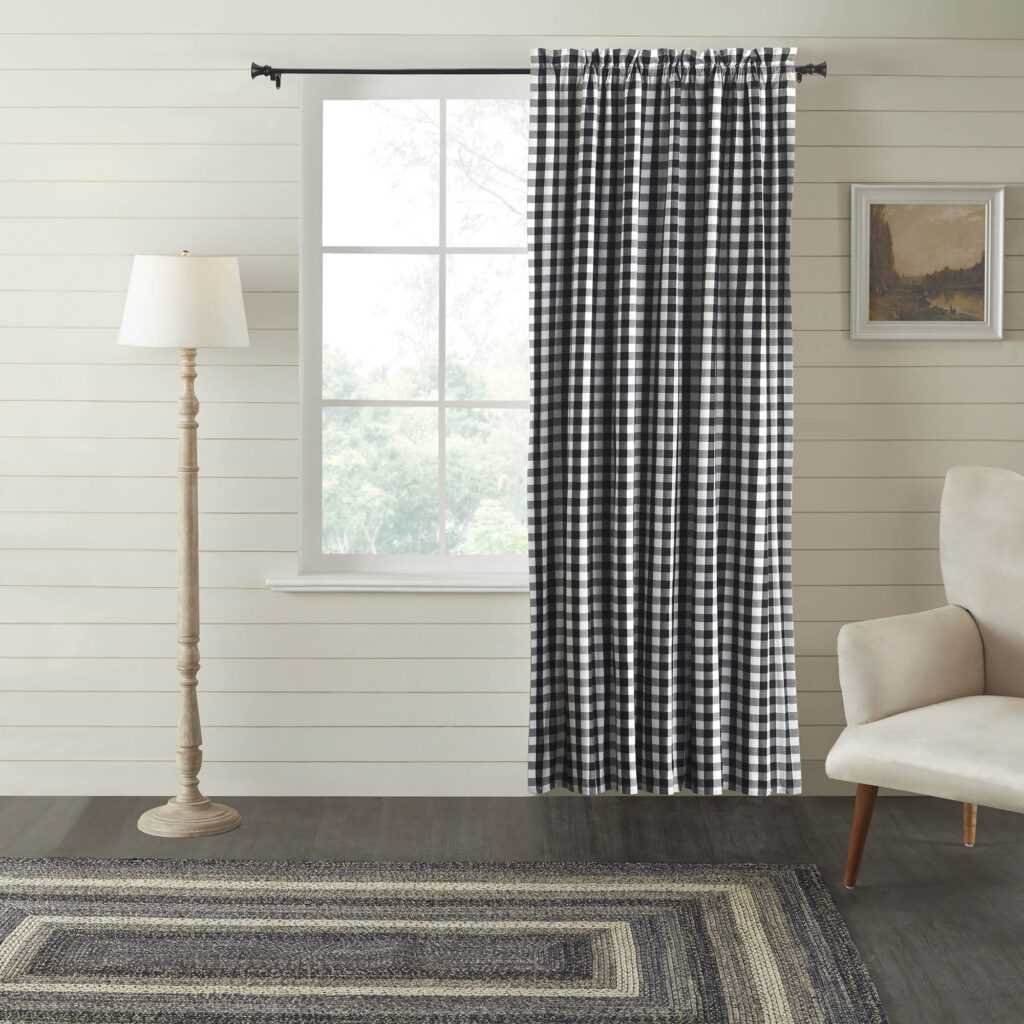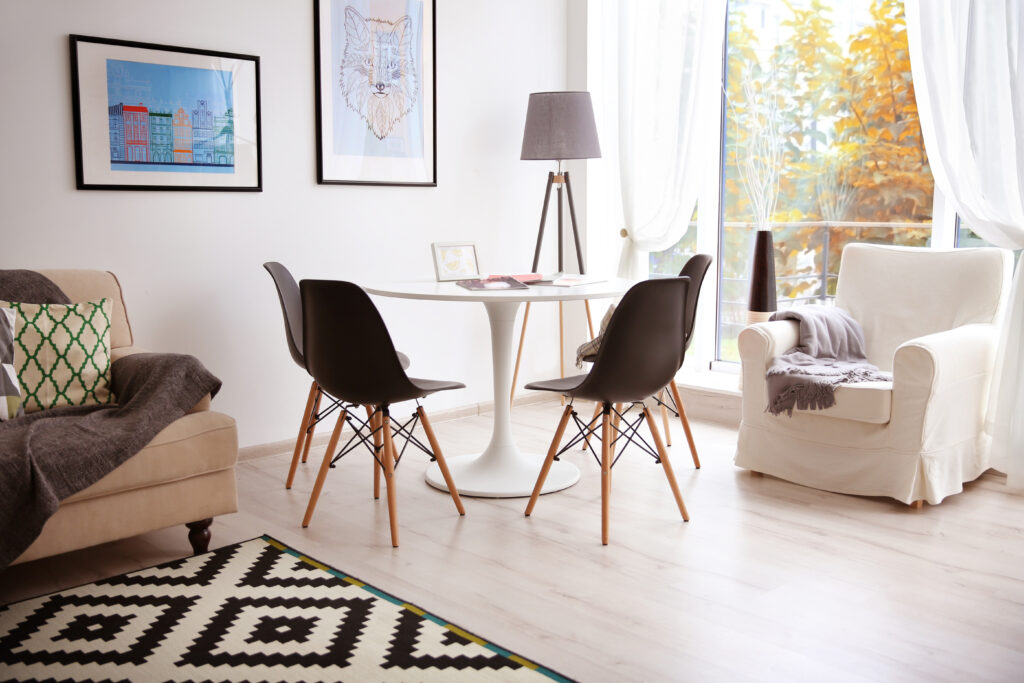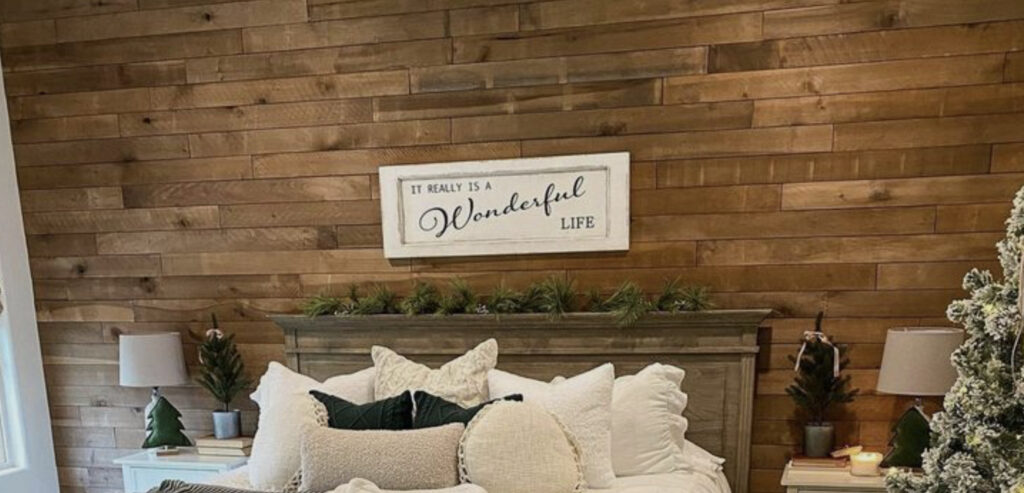Festive Cheer: A Comprehensive Guide to Decorating Your Home for Christmas
The festive season is a time of joy, and what better way to embrace this spirit than by transforming your home into a magical Christmas haven? Decorating for Christmas is not just about aesthetics; it’s about creating an ambiance that reflects warmth, love, and celebration. This guide offers comprehensive tips and creative ideas for decking […]
Festive Cheer: A Comprehensive Guide to Decorating Your Home for Christmas Read More »



